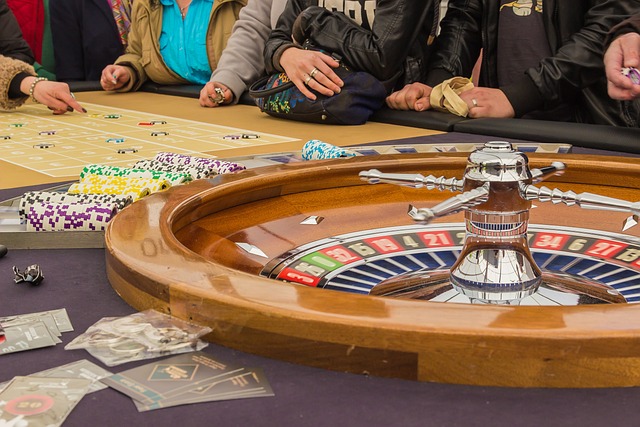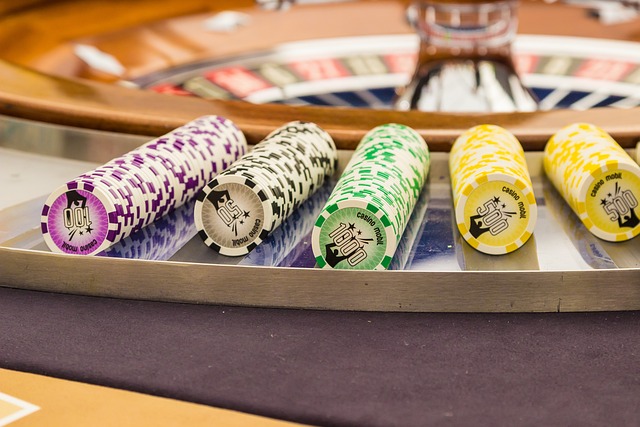Virtual casinos are reshaping how people experience gambling. Unlike traditional online platforms, VR casinos immerse players in a three-dimensional environment, creating a sense of “presence” — the feeling of actually being in a real casino. Understanding the psychology behind presence can help both players and developers optimize engagement while promoting responsible gaming.
What Is Presence in Virtual Reality?
Presence refers to the psychological sensation of “being there” in a virtual environment. In VR casinos, this means players feel as if they are physically inside the casino, interacting with tables, machines, and other players.
This sense of presence is more than visual or auditory; it involves spatial awareness, hand-eye coordination, and the perception of social interaction. High presence can make games more engaging, realistic, and emotionally compelling.
Before exploring its effects, it’s important to note that presence is not uniform — it varies based on technology quality, interface design, and individual susceptibility to immersion.
How Presence Influences Player Behavior
A strong sense of presence can affect how players perceive risk, rewards, and time spent gambling. Players often report feeling more absorbed, which can increase both enjoyment and the risk of overindulgence.
Key Behavioral Effects
- Increased Time Perception Distortion: Players may underestimate how long they’ve been gambling.
- Heightened Emotional Engagement: Wins feel more thrilling, and losses may feel more impactful.
- Stronger Social Influence: Interactions with virtual dealers or other players feel more realistic, influencing decision-making.
Recognizing these psychological effects is essential for players who want to stay in control and for developers designing VR experiences responsibly.
VR Design Elements That Enhance Presence

Several technical and design factors contribute to the sense of presence in virtual casinos:
- High-Resolution Graphics: Clear visuals make environments believable and immersive.
- 3D Spatial Audio: Directional sound cues replicate real-world acoustics, enhancing realism.
- Interactive Avatars: Player and dealer avatars increase social realism and engagement.
- Responsive Haptics: Hand controllers with tactile feedback simulate touching chips, cards, and slot buttons.
Each element strengthens immersion, making the virtual environment feel tangible and authentic.
| Design Element | Role in Presence | Player Impact |
|---|---|---|
| Graphics | Realistic visuals | Increases immersion |
| Audio | Directional sounds | Enhances spatial awareness |
| Avatars | Social interaction | Encourages engagement |
| Haptics | Physical feedback | Improves realism and decision-making |
These features together create a fully immersive casino experience that feels much closer to a real-world visit than traditional online platforms.
Psychological Benefits and Risks
High presence can enhance enjoyment and engagement by making virtual casinos feel exciting and social. However, it also has potential risks:
- Over-Immersion: Players may lose track of time and spend more than intended.
- Emotional Intensity: Stronger reactions to wins and losses can amplify risky behaviors.
- Detachment from Reality: Some players may prefer virtual experiences over real-life activities.
Understanding these effects can help players gamble responsibly and developers design safer VR environments.
Strategies for Responsible VR Gambling

To enjoy VR casinos safely, players should:
- Set Time Limits: Schedule breaks to avoid over-immersion.
- Monitor Spending: Treat virtual currency like real money to manage losses.
- Be Mindful of Emotions: Recognize that heightened presence amplifies emotional responses.
- Choose Reputable Platforms: Ensure games are fair and transparent, especially in VR where realism may mask outcomes.
These strategies help balance the thrill of immersion with responsible gaming practices.
Conclusion
Presence is a defining feature of virtual casinos, making players feel physically and socially part of the environment. While this increases engagement and enjoyment, it also intensifies emotional responses and risk perception.
Understanding the psychology of presence allows players to navigate VR casinos responsibly and helps developers create immersive yet safe experiences. By combining high-quality design with awareness of behavioral effects, VR gambling can offer the excitement of real casinos while minimizing potential harms.
